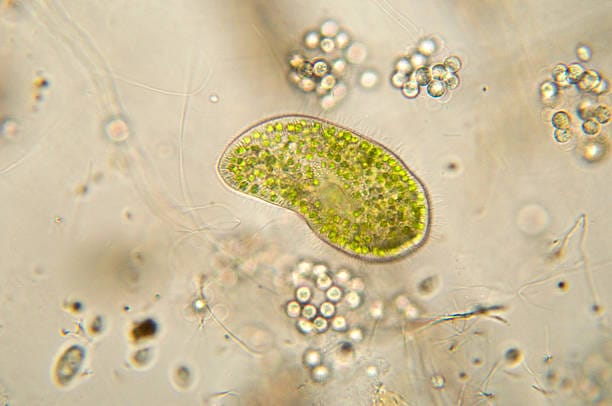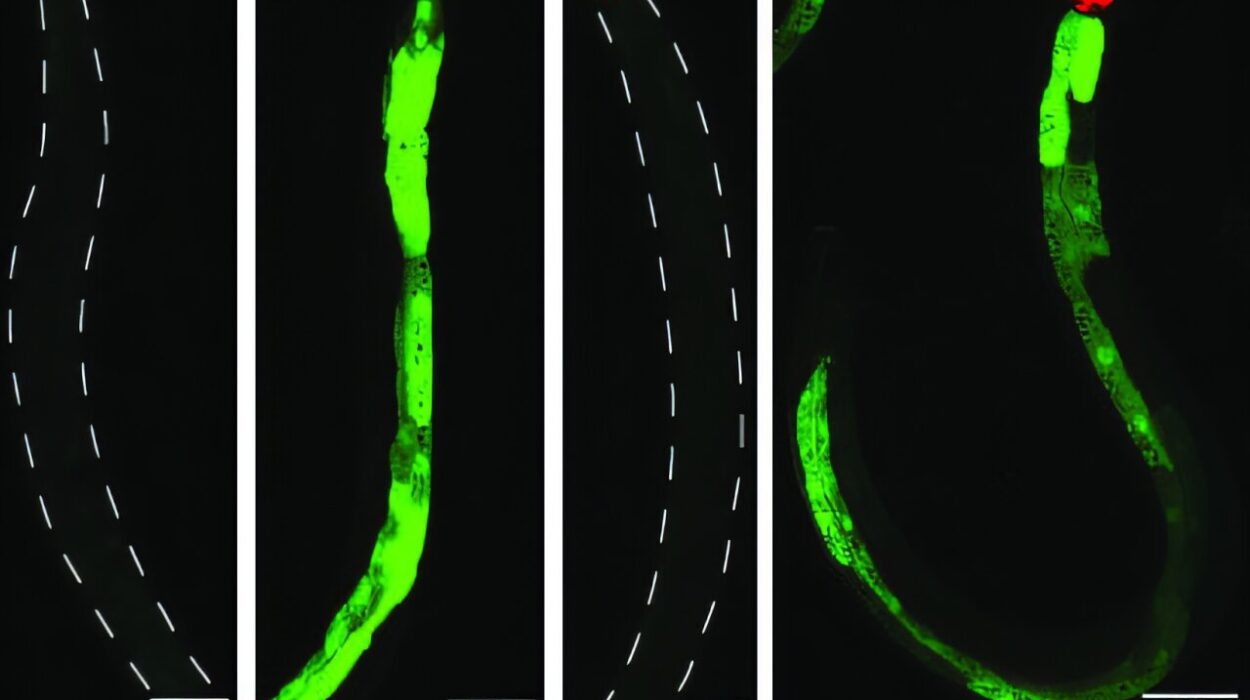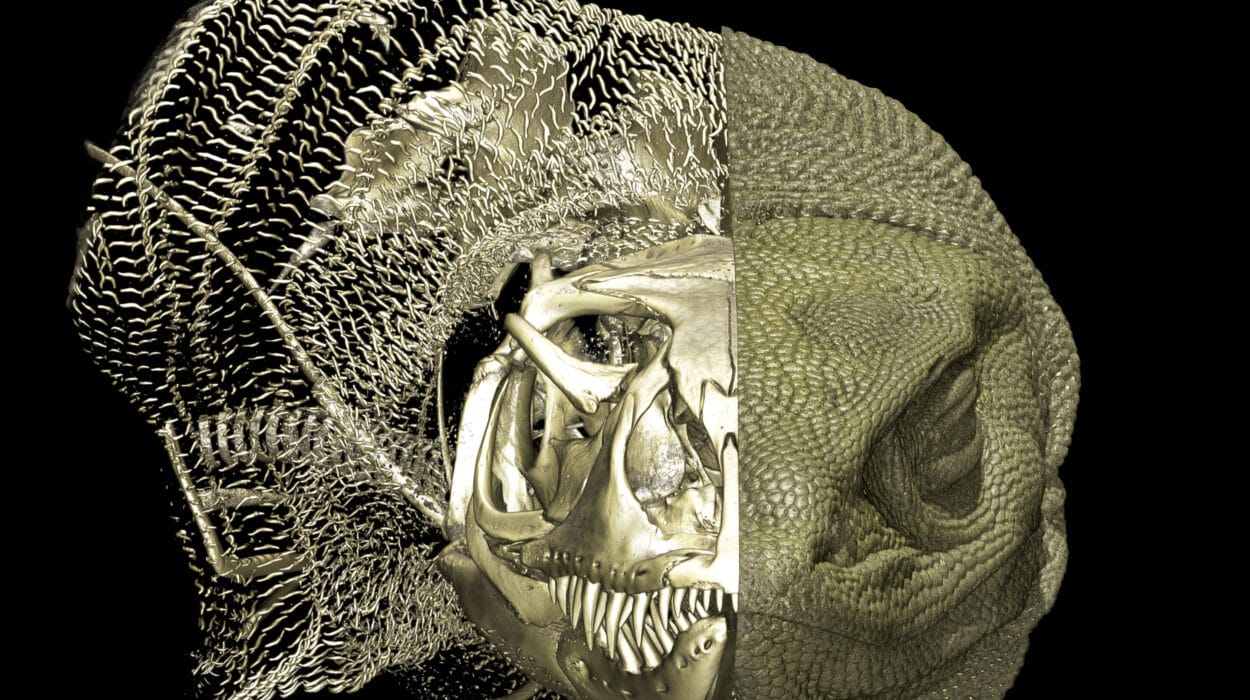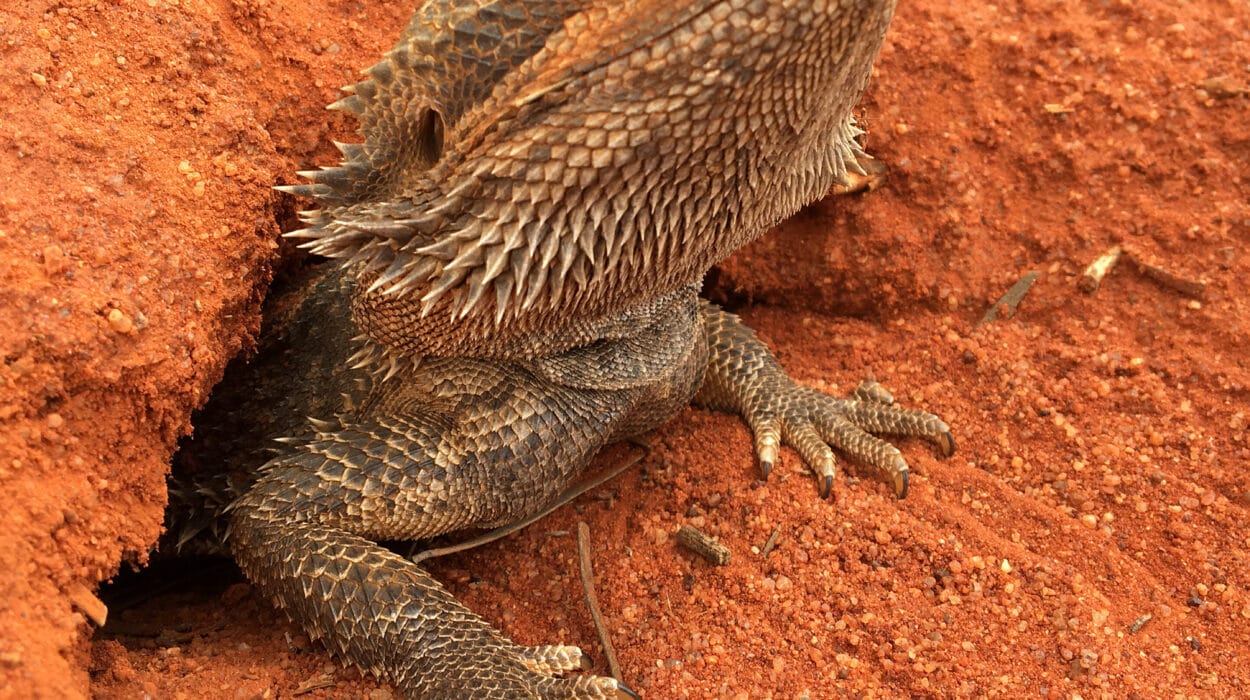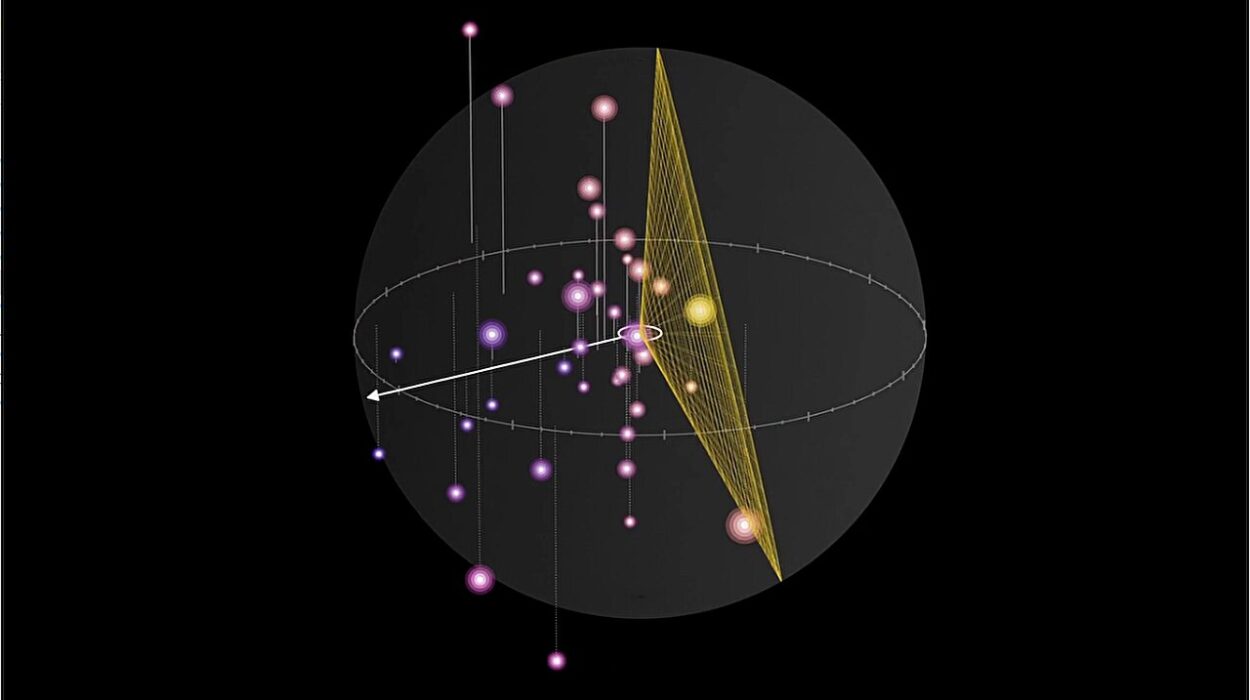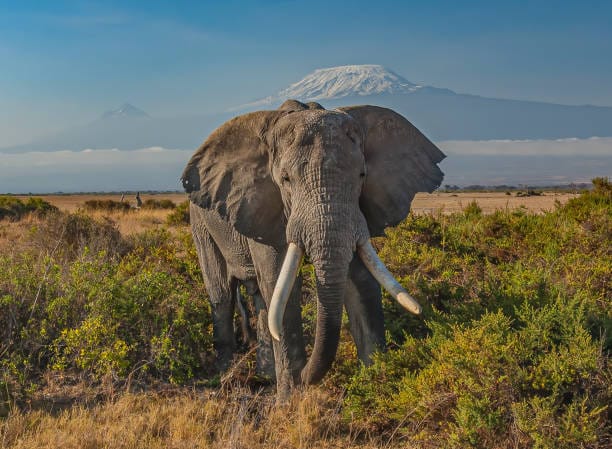Beneath our everyday reality—beneath the streets, the oceans, the forests, and even our skin—there exists a hidden universe teeming with life. This world is too small to see with the naked eye, yet it is ancient, diverse, and surprisingly complex. It is the world of protists.
Protists are some of the most fascinating organisms on Earth. They do not belong to the animal, plant, or fungal kingdoms, and instead dwell in their own enigmatic domain. Some protists resemble tiny animals that hunt and feed, others act like plants that capture sunlight, and some defy classification altogether. What binds them is not similarity, but complexity—and often, a talent for movement that rivals even the most advanced animal strategies.
For creatures so small, protists have evolved brilliant ways of locomotion. Using elegant, whip-like flagella, rhythmic cilia, or ever-changing pseudopodia, they traverse their microscopic worlds with purpose. Movement is survival—allowing them to seek food, escape predators, or explore new territory. But the mechanisms that drive these movements are more than just biological trivia. They offer a glimpse into the ancient history of life, and perhaps, into the very roots of mobility itself.
Movement as a Matter of Life and Death
In the microscopic realm where protists live, the rules of movement are vastly different from the world of elephants, birds, or fish. In water, friction and viscosity dominate; inertia means almost nothing. Imagine swimming through honey instead of water—that’s roughly the experience for a single-celled protist. It takes tremendous coordination and specialization to move efficiently in such conditions.
In this environment, movement is not just a convenience—it is often the difference between thriving and perishing. For a protist, drifting aimlessly in a drop of pond water might mean starvation or predation. In contrast, being able to move intentionally opens up a world of possibilities: chasing prey, avoiding toxins, finding mates, or climbing toward the sunlight.
To adapt to these challenges, protists have evolved three main types of locomotion: movement using flagella, using cilia, and using pseudopodia. These are not mere appendages—they are evolutionary innovations, finely tuned over billions of years, that allow tiny beings to dance through a liquid world with astonishing grace.
The Whip of Life: Movement with Flagella
Among the most common structures used by protists for movement is the flagellum—a long, whip-like tail that rotates or lashes back and forth to propel the organism. Though flagella are found in other organisms as well, from bacteria to sperm cells in animals, protist flagella are especially versatile and sometimes highly complex.
In protists, flagella can be solitary or appear in pairs or groups. Some use a single flagellum like a motor, pushing or pulling themselves through the water. Others use multiple flagella in coordinated waves, giving rise to incredibly agile swimming patterns. Unlike bacterial flagella, which rotate like propellers, the flagella of protists beat in an undulating, whip-like fashion, generating movement through fluid in a distinctive pattern.
Euglena is one of the most famous flagellated protists. A photosynthetic creature that blurs the line between plant and animal, Euglena uses its single, prominent flagellum to glide through water in spiraling motions. This organism is guided by a light-sensitive eyespot, allowing it to swim toward sunlight—a process known as phototaxis.
Trypanosoma, the parasitic protist responsible for sleeping sickness, also uses a flagellum—but with a twist. Its flagellum is connected to the body by an undulating membrane, creating a sinuous, snake-like movement that allows it to navigate the bloodstream of its host. Such mobility is not just for show; it’s essential for survival, helping the parasite evade immune responses and spread infection.
Flagella also play a sensory role. In many protists, they’re not just motors—they’re feelers, detectors of the environment. They can sense chemical gradients, light, or temperature, guiding the organism toward food or away from danger. In this way, a single strand of protein becomes a bridge between the cell and its surroundings, transforming biology into navigation.
The Brushstroke Ballet: Movement with Cilia
If flagella are the long whips of locomotion, cilia are their more refined, shorter cousins. Cilia are tiny hair-like structures that cover the surface of some protists in vast numbers. Each one beats rhythmically, and together, their coordinated motion resembles a choreographed dance—graceful, powerful, and efficient.
Paramecium is the poster child of ciliate movement. Its surface is covered in thousands of cilia that beat in a precise, wave-like pattern, propelling the organism through water. Unlike the lashing motion of flagella, cilia move with a power stroke followed by a recovery stroke, much like oars on a rowboat. This creates a smooth gliding motion, allowing Paramecium to navigate its environment with remarkable control.
The power of cilia isn’t limited to locomotion. In many protists, cilia serve double duty. Some line the oral groove, creating water currents that funnel food particles into the cell. Others are used to sense the surroundings, enabling protists to respond to mechanical or chemical cues.
Cilia are often arranged in complex patterns—rows, spirals, or tufts—depending on the protist’s lifestyle. Some ciliates can reverse the direction of their cilia to back away from threats. Others use their cilia to rotate like a top, hover in place, or dart suddenly in another direction. This range of motion provides a level of precision and responsiveness that is extraordinary for a single-celled organism.
At the microscopic scale, ciliary motion is a marvel of physics. The precise coordination of thousands of tiny cilia involves calcium signaling, complex protein structures, and highly organized cytoskeletal elements. Studying these motions has not only deepened our understanding of protists but has also influenced medical science—human respiratory cells, for example, use cilia in much the same way to move mucus and debris.
The Art of Flow: Movement with Pseudopodia
Flagella and cilia are external appendages that beat or whip to generate movement. Pseudopodia, in contrast, are more like shapeshifting limbs—extensions of the cell’s own body that flow outward, anchor, and pull the organism along. This form of movement is called amoeboid motion, and it is one of the most visually striking strategies in the protist world.
The word “pseudopodia” means “false feet,” and that’s exactly what they are. Unlike permanent limbs, pseudopodia are temporary projections of the cytoplasm. The protist’s internal fluid flows toward a point, the cell membrane stretches outward, and the rest of the cell follows. It’s less like swimming and more like oozing or crawling, but in a manner so elegant and strategic that it borders on intelligent.
Amoebas are the quintessential users of pseudopodia. Watching an amoeba move under a microscope is like watching liquid thought—its shape is never fixed, its direction constantly shifting in response to the environment. Amoebas extend their pseudopodia to engulf food, trap prey, or escape from harm. This method of feeding, called phagocytosis, allows them to surround and digest their food in a process that is as much about strategy as it is about appetite.
Some foraminifera, marine protists with ornate shells, use thread-like pseudopodia to glide, anchor themselves, or even form networks that help capture prey. These structures are incredibly adaptable. They can extend, retract, and branch in countless directions, enabling movement and feeding that is both flexible and effective.
Pseudopodial motion is driven by the cytoskeleton—especially actin filaments that polymerize and depolymerize to push or pull the cell membrane. This is similar to the way white blood cells move in humans, offering another fascinating link between protist biology and human health.
Mixing Methods: Complex Strategies for Complex Lives
Though flagella, cilia, and pseudopodia are often studied separately, many protists don’t limit themselves to just one form of locomotion. Evolution has granted them the power to mix and match, depending on need, environment, and life stage.
Dinoflagellates are an excellent example. These marine protists often have two flagella—one wrapped around the middle in a groove, and another trailing behind. Together, they spin the organism like a corkscrew, allowing it to drill through water in spirals. This unique movement is both elegant and effective, helping them navigate ocean currents and find optimal light conditions for photosynthesis.
Some protists switch between pseudopodia and flagella as part of their life cycle. The slime molds, for instance, exist as amoeboid cells in one phase, creeping along surfaces using pseudopodia. But in other stages, they may form flagellated cells to swim through water. This duality reflects a deep adaptability—a capacity to change not only shape but strategy, depending on the circumstances.
Even within a single movement type, protists can exhibit variation. Some ciliates, for example, have specialized cilia for swimming, others for feeding, and others still for sensing. The level of differentiation rivals that of multicellular animals, despite the fact that protists are unicellular.
Movement and Behavior: Intelligence Without a Brain?
Watching protists move can sometimes feel eerie. They appear to make decisions—changing direction, slowing down, turning, or reacting to obstacles. But how can a single cell without a nervous system seem so purposeful?
The answer lies in cellular behavior. Protists are capable of complex responses to their environment. They exhibit chemotaxis (movement toward or away from chemicals), phototaxis (movement in response to light), and thigmotaxis (movement in response to touch). These behaviors are governed by molecular sensors on the cell surface and intricate internal signaling pathways.
The coordination required for movement—especially for cilia and pseudopodia—is no simple reflex. It involves calcium ions, membrane proteins, cytoskeletal elements, and energy production. In many ways, this cellular machinery is a kind of proto-intelligence—a sophisticated way of interacting with the world using chemistry rather than consciousness.
This is not intelligence as we typically define it, but it blurs the line. Protists can “learn” in a limited sense—some can habituate to repeated stimuli, modifying their behavior over time. Others can solve simple mazes or follow gradients in a way that mimics problem-solving. Their movements are not random but guided, reactive, and efficient.
Protists and the Evolution of Movement
The story of protist locomotion is not just a tale of microbial acrobatics. It is a chapter in the larger story of evolution. Many of the structures and strategies protists use are ancestral to those found in animals, plants, and fungi.
Cilia and flagella, for instance, are found in our own bodies—in the cells lining our airways, reproductive tracts, and even in the tails of sperm. These structures are built using the same core proteins and motor molecules as in protists. They reflect a shared evolutionary history stretching back over a billion years.
Pseudopodia, too, have analogs in human biology. White blood cells, for instance, crawl through tissues using amoeboid motion to fight infection. This is no coincidence. Both protists and animal cells use similar cytoskeletal proteins and signaling pathways to move.
By studying protists, scientists gain insight into how complex movement evolved from simple cellular origins. We learn how coordination, sensing, and locomotion can emerge from a single cell—a miracle of organization and adaptation. These lessons don’t just deepen our knowledge of the microscopic world; they illuminate the roots of our own biology.
A Universe in a Drop of Water
If you take a drop of pond water and place it under a microscope, you might be surprised by what you find. Spiraling Euglena, gliding Paramecia, creeping Amoebas—it is a miniature cosmos of living motion. Each organism, though smaller than a grain of sand, is engaged in a daily drama of movement, survival, and adaptation.
Protists show us that movement is not reserved for legs, fins, or wings. It can arise from whips of protein, waves of hairs, or shifting bodies of slime. It can be driven by sunlight, hunger, danger, or exploration. In their movements, we see not just biology, but beauty—a kind of alien ballet that has been playing out for billions of years, invisible to most eyes, yet fundamental to the story of life.
From their elegant flagella to their rippling cilia and shapeshifting pseudopodia, protists demonstrate how life, even in its smallest forms, is never still. Their world is in constant motion—a lesson, perhaps, for our own.
